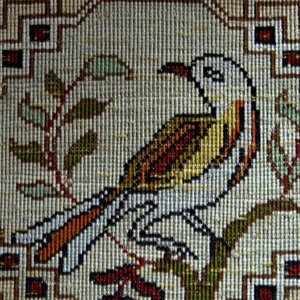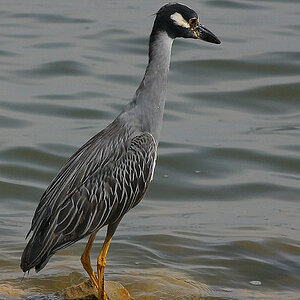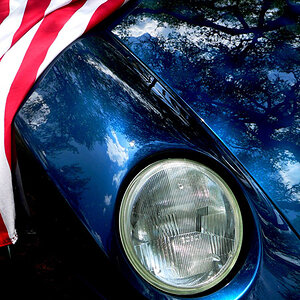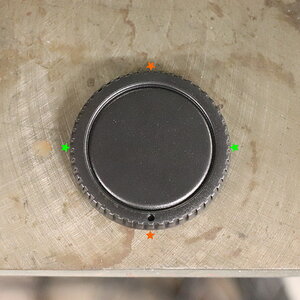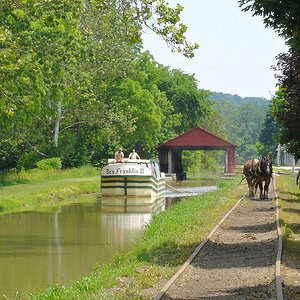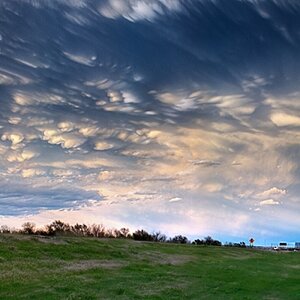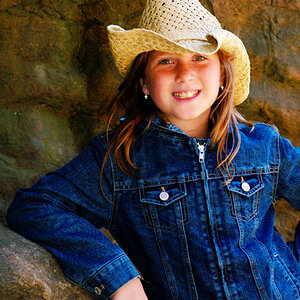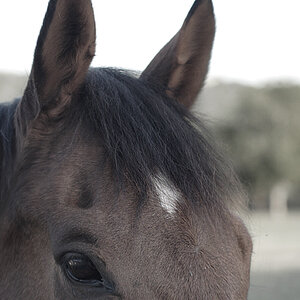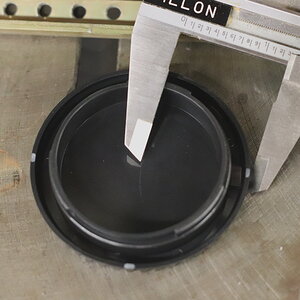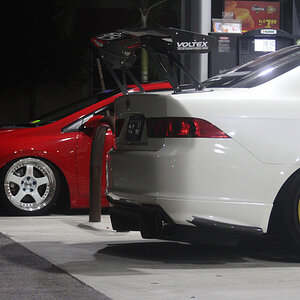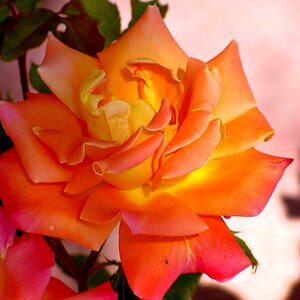Sebastian 16
TPF Noob!
- Joined
- Aug 30, 2008
- Messages
- 84
- Reaction score
- 0
- Location
- Bakersfield,CA
- Can others edit my Photos
- Photos OK to edit
I have a canon S3 IS i really havent gotten used to it yet but i decided to try and take some night shots and i couldn't even see the pictures on the camera and they were really grainy. How can i fix this?


 ) but its never let me down. Read your manual. Understand what the dial settings mean. I use aperture priority at F8 (smallest it will go unfortunately) and dont use spot metering, there could be a bright area there and you will under expose. If you cant get the results you like, full manual is the only way and adjust the shutter til you expose correctly. Not to sound like a record with a scratch, the self timer is a must. Have fun. Oh, and read the manual (did I mention that:scratch
) but its never let me down. Read your manual. Understand what the dial settings mean. I use aperture priority at F8 (smallest it will go unfortunately) and dont use spot metering, there could be a bright area there and you will under expose. If you cant get the results you like, full manual is the only way and adjust the shutter til you expose correctly. Not to sound like a record with a scratch, the self timer is a must. Have fun. Oh, and read the manual (did I mention that:scratch
